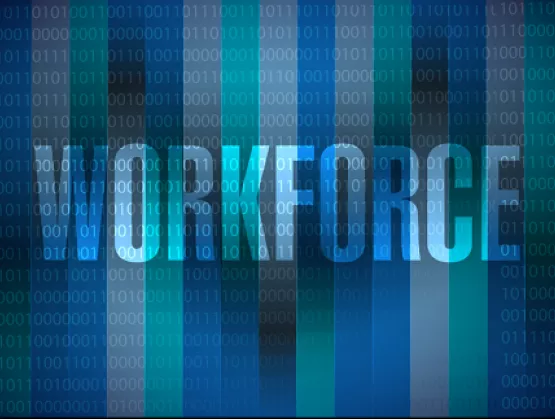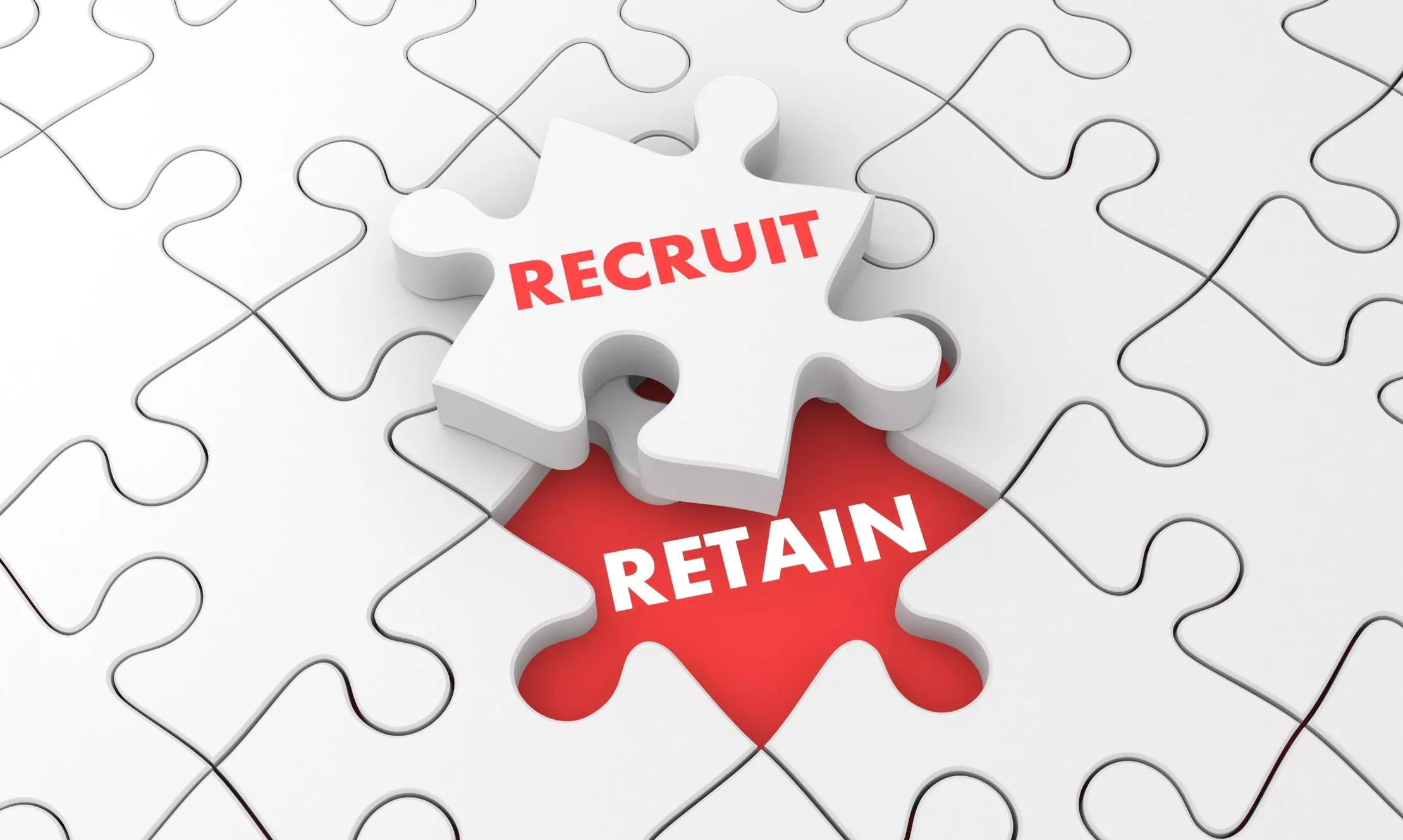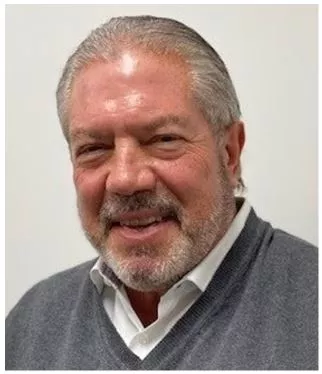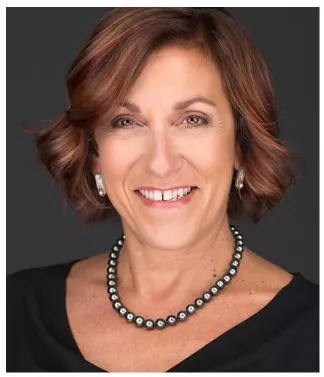
The anticipation is building as I pack my bags to head to San Francisco for a December session at SEMICON West 2021 Hybrid. The value add of speaking face-to-face with colleagues and thought leaders about the important issues facing our industry cannot be overstated. One theme is central to almost every conversation: attracting and retaining the talent that is critical for companies to succeed in this new workforce environment. The competition for talent is heating up. As SEMI reported, 29 new fabs will break ground globally between now and 2022. But who will staff them? With 34,000 current vacancies in the semiconductors industry worldwide, companies large and small are already competing for the same talent pool.
The stress on our industry and our economy is increasing. We need to figure out how to work cooperatively to attract, retain and train up the diverse workforce that we require. Now.

When grappling with the tough issues such as these, I frequently turn to my colleague Debbie Gustafson, CEO of Energetiq Technology, for insightful and fresh perspective. Debbie and I recently discussed the importance of inclusion and retention relative to the workforce shortage. We also did a little brainstorming about what role we can all play to help solve these problems. Here are a few of the key takeaways.
Workforce Challenges
Gustafson: We are all facing two major workforce challenges: retain the workforce we have and recruit new, diverse talent. To me, the retention piece is strongly connected to inclusion. When employees can be their authentic selves and feel a sense of belonging, they tend to stay. And for us, an active diversity, equity, inclusion and retention (DEIR) initiative has been very helpful.
 At Energetiq, we have been very successful working from the top down. Our DEIR initiative began in the CEO’s office supported by HR; it is now very much a grassroots movement. The entire organization is involved. From Day of Understanding, to Pride Month to informal mentoring, we are fostering a strong sense of inclusion and belonging that translates to retention.
At Energetiq, we have been very successful working from the top down. Our DEIR initiative began in the CEO’s office supported by HR; it is now very much a grassroots movement. The entire organization is involved. From Day of Understanding, to Pride Month to informal mentoring, we are fostering a strong sense of inclusion and belonging that translates to retention.
Balageur: At Edwards, we continue to put a lot of effort into involving employees at every level in the creation of a more inclusive and diverse workplace. There is a heavy emphasis on learning and development, and our DEIR Council and Committee are working to ensure our policies and procedures support an inclusive workplace. While change does not come overnight, we are making progress. But I am concerned that externally, we need to broaden our channels of outreach to start solving our talent recruitment issue.
It seems to me that we need to be making a more focused and concerted effort to reach out to more veteran’s organizations as well as vocational schools that have diverse populations with the foundational skills we need. Going to our usual sources has not provided a solution. We need to expand our normal channels and do so with urgency.
Gustafson: I find a lot of value in collaborating with other organizations to leverage recruitment impact. I recently joined CEO Action, a powerful coalition of business leaders taking action for racial and gender diversity. Among other things, they have been helpful in providing diverse pathways for recruitment. Just as importantly, I think we need to look at recruitment through a geographical lens.
 We have such diverse regions in the US; I believe we need to acknowledge those and address them accordingly. For instance, Intel and TSMC will be breaking ground on new fabs in Arizona by 2022. Their hiring needs are different from the job openings and available talent in Austin, Texas or the Pacific Northwest. Each requires its own regional recruitment approach.
We have such diverse regions in the US; I believe we need to acknowledge those and address them accordingly. For instance, Intel and TSMC will be breaking ground on new fabs in Arizona by 2022. Their hiring needs are different from the job openings and available talent in Austin, Texas or the Pacific Northwest. Each requires its own regional recruitment approach.
Balaguer: I absolutely agree we need to take a regional approach. Internally, our DEIR Committee and Council ensure participation across the company from a regional perspective. Externally, ideal forums already exist through SEMI’s regional committees in the Pacific Northwest, Northeast, Arizona and Texas. These regional committees could be very effective in helping us create targeted outreach plans.
Gustafson: These areas are super competitive in recruiting talent. Things are going to heat up.
Balaguer: I believe that increasing the talent pool will help mitigate some of that competition. To that end, we need to cultivate a more collaborative recruitment approach industrywide. We need to work together to increase the available talent pool by broadening our outreach to regional tech schools, special interest groups and military organizations. SEMI is already doing some work in these areas and I think we can do more. For one, identifying new places to recruit talent.

SEMI Foundation Resources
Gustafson: SEMI recently launched VetWorks, a great guide to recruiting military veterans and active reservists, and published a DEI Toolkit as a reference guide to help address these issues.
Balaguer: Yes, SEMI has a number of good workforce initiatives underway. However, in addition to the Industry Image Campaign, VetWorks, and SEMI DEI Toolkit, we can do more by tasking SEMI’s four regional committees to address inclusion – including creation of regional outreach strategies to reach new labor pools (committees include Pacific Northwest, Northeast, Arizona and Texas). And we can do more to address retention by asking the regional committees to study and make recommendations on retention incentives such as signing bonuses, retention bonuses and repayment of student loans.
 Gustafson: As industry leaders, we need to make many small changes and lead by example. The little things make a big difference. Investigating these inclusion and retention recommendations can go a long way towards helping us fill jobs with a diverse and talented workforce.
Gustafson: As industry leaders, we need to make many small changes and lead by example. The little things make a big difference. Investigating these inclusion and retention recommendations can go a long way towards helping us fill jobs with a diverse and talented workforce.
Balaguer: I totally agree. As leaders within our companies as well as several SEMI committees, it is our responsibility to leverage these platforms to effect change. I look forward to having these conversations with our colleagues at SEMICON West, and to collaborating with SEMI and the regional committees on these ideas and more.
My thanks to Debbie Gustafson who serves on SEMI’s North America Advisory Board (NAAB) with me. We are continuously working to improve DEIR and welcome communication from our readers on this and related topics. You can reach us by email:
To hear Debbie and Scott continue this conversation live, join us on Wednesday, Dec. 8th, 10:30am-11:00am in the Workforce Development Pavilion at SEMICON West 2021 Hybrid.
 Scott Balaguer is Vice President and General Manager Semiconductor Division North America, Edwards Vacuum LLC, Part of Atlas Copco Group. He also serves as Chair of SEMI’s North American Advisory Board (NAAB) and is a member of SEMI’s International Trade Partners Committee (ITPC).
Scott Balaguer is Vice President and General Manager Semiconductor Division North America, Edwards Vacuum LLC, Part of Atlas Copco Group. He also serves as Chair of SEMI’s North American Advisory Board (NAAB) and is a member of SEMI’s International Trade Partners Committee (ITPC).
 Debbie Gustafson is CEO, Energetiq Technology, Inc. She also serves on SEMI’s North American Advisory Board and the SEMI Foundation Board.
Debbie Gustafson is CEO, Energetiq Technology, Inc. She also serves on SEMI’s North American Advisory Board and the SEMI Foundation Board.